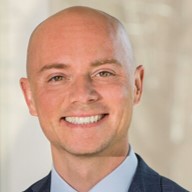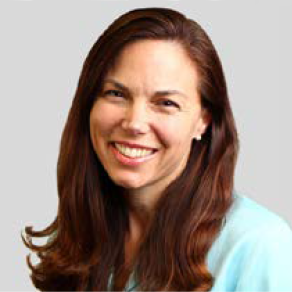
- This event has passed.
Connecting the Digital Deserts: Some Promising Early Solutions

Lisa Guernsey of New America moderated both conversations, kicking off the August 4 conversation by sharing some national data about the scope of the digital inequity challenge and its impact on remote learning, underscoring that many of the innovative resources responding to COVID-19 are only available online.
Claire Park of the Open Technology Institute at New America presented some findings and highlights from her recently released report, Community Broadband: The Fast, Affordable Internet Option That’s Flying Under the Radar, explaining that community broadband is an umbrella term for any broadband not run by a private internet service provider (ISP). She shared some examples of municipal networks from across the country, including EPB in Chattanooga, Tennessee, which recently announced a partnership with the local school district to provide free internet service and routers to more than 28,000 students. She pointed out that municipal networks deliver high-speed internet at lower costs and also shared some policy recommendations for expanding this model.
Hal Woods of Kids First Chicago described the Chicago Connected project, a rapid-response effort that has engaged Chicago Public Schools, the City of Chicago, United Way of Metro Chicago, area ISPs, community-based organizations and philanthropic organizations to extend high-speed, fixed-line household internet access to more than 100,000 public school students in more than 60,000 area households. After compiling data to assess the extent and dimensions of the digital divide in the city, the partners raised more than $50 million to extend these services to low-income households for four years. This work was coupled with digital literacy efforts to help all members in a family leverage this technology to increase access to workforce development skills, telehealth services and other public and private supports.
Matthew Henkes of Iowa West Foundation offered his reflections on the presentations and shared the solutions emerging in Council Bluffs, Iowa, stressing the importance of partnerships, philanthropy and leveraging a strong existing digital infrastructure. BLink is the local effort to provide access to high-quality free public Wi-Fi wherever technically and financially feasible in the community. BLink was already underway before the pandemic, seeking to leverage a donation by Google of chromebooks for all students, but the timeline was accelerated this year to ensure that all students have internet access before the start of the coming school year.
Amina Fazlullah of Common Sense Media shared key findings from a July 2020 report that scoped out the distance learning digital divide and the type of nationwide investment required to close that divide. When looking at the connectivity and devices required to support distance learning, this report found that more than 15 million students currently lack access. This is an issue nationwide, affecting every state and urban, suburban and rural communities. Closing the digital divide for K–12 students would require $6–11 billion per year with an additional $1 billion for teachers.
Panel







